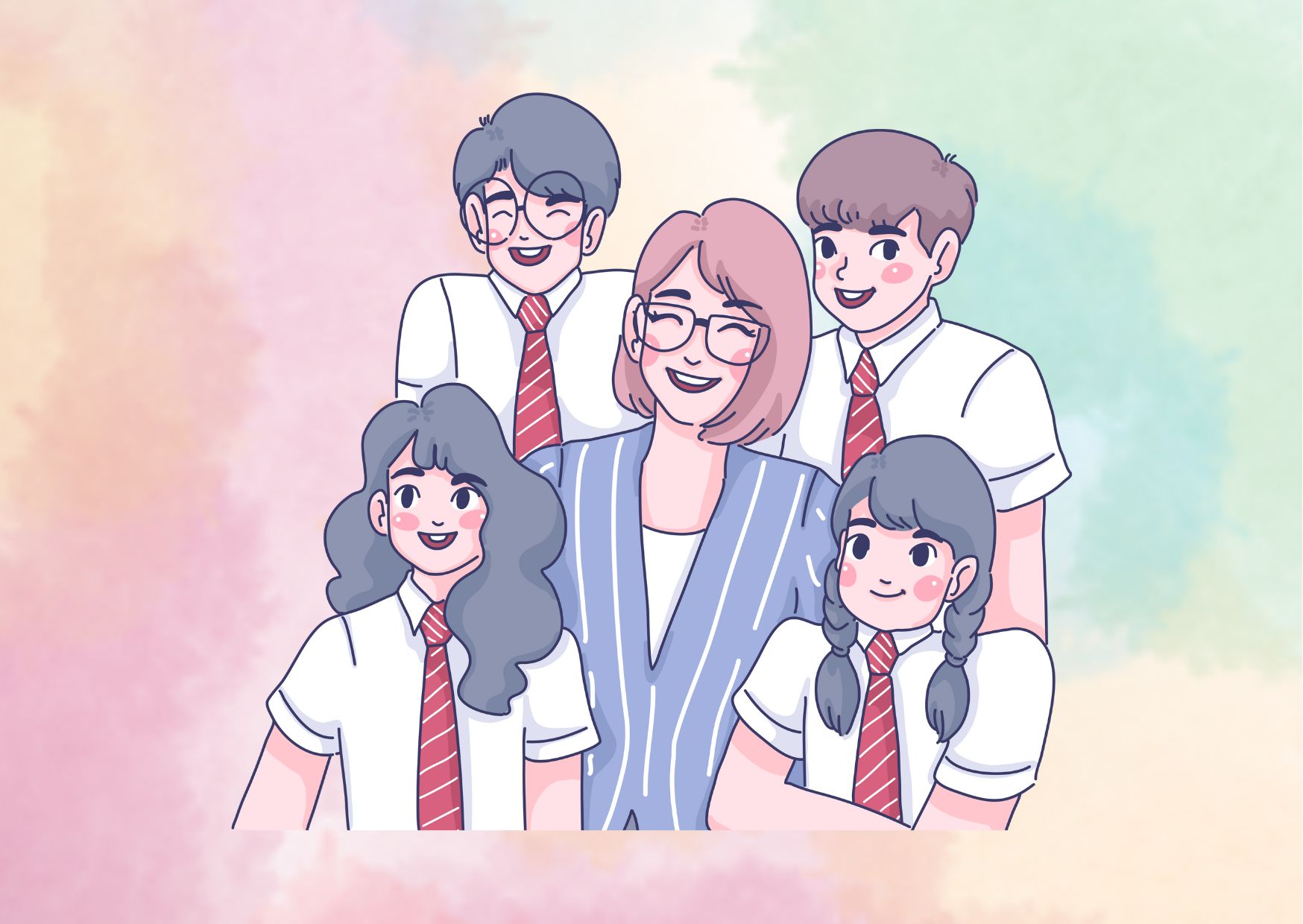Revolutionising Sexual Education for the Modern Era
We’re living in a time where sexual education is more important than ever. As our society evolves, so does our understanding of relationships, sexuality, and health. I believe it’s crucial to take a fresh look at how we teach these vital topics to ensure we’re preparing young people for the realities of modern life. Comprehensive Sexual Education has a huge impact on reducing STIs, promoting consent, and fostering healthy relationships.
In this article, we’ll explore how sexual education in schools is changing to meet today’s needs. We’ll look at new digital tools that are making sex ed more engaging and accessible. We’ll also discuss the push for more inclusive approaches that reflect diverse experiences and identities. Finally, we’ll consider how these changes are shaping a new era of sexual education that’s more relevant and effective for today’s youth.
The Current State of Sexual Education
Sexual education in schools has come a long way, but there’s still much room for improvement. The current state of Sexual Education varies greatly across different countries and regions, with some areas making significant progress while others lag behind.
Global disparities
We’re seeing a stark contrast in the quality and availability of sexual education worldwide. In many Western European countries, comprehensive Sexual Education has become the norm, with national guidelines and minimum standards in place. However, the situation is quite different in other parts of the world.
In low-income countries, we’re facing significant challenges when it comes to sexual education. Girls’ enrollment in primary school in these countries is only 78%, compared to the world average of 88%. The situation worsens at the secondary level, with only 31% of girls enrolled, far below the global average of 66%. These disparities have a huge impact on the delivery of comprehensive sex education.
In Sub-Saharan Africa, we’re witnessing a concerning trend. While other regions are reducing their out-of-school numbers, the number of girls out of school in this region is actually increasing. This poses a significant challenge to providing sexual education to those who need it most.
Outdated curricula
One of the main issues we’re grappling with is the prevalence of outdated curricula in many parts of the world. In some regions, sexual education still focuses primarily on abstinence and biological aspects, failing to address the broader range of topics necessary for a comprehensive understanding of sexual health and relationships.
We’ve found that many curricula lack essential information on topics such as power imbalances in relationships, recognising grooming for sexual exploitation, and accessing local sexual health services. For instance, our research shows that over a third of young people have learned nothing about power imbalances in relationships, and almost three in ten have learned nothing about how to recognise grooming.
Moreover, we’re seeing a concerning trend where topics more associated with healthy relationships and the realities of young people’s lives don’t have parity with the more biological aspects of sexual education. This imbalance leaves many young people ill-equipped to navigate the complexities of modern relationships and sexual health.
Lack of comprehensive information
We’re facing a significant challenge in providing comprehensive information to young people about sexual health and relationships. Many students report receiving information too late and express a preference for sexual education to start earlier in their schooling.

